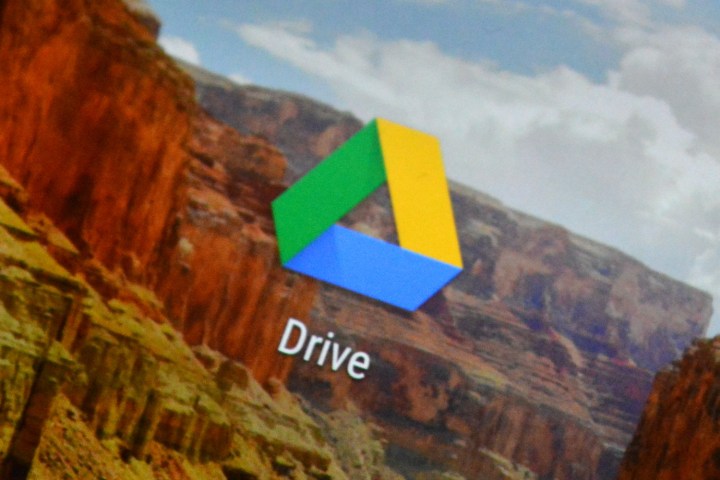
Not anymore! Drive will now tag duplicate files as such, marking the older versions of the duplicate as “version 2,” “version 3,” and so on, enabling you to quickly and easily get rid of all of them except the most recent one. This is perfect for those who download a file from Drive to edit and then upload it again — something which, if done enough, can lead to a ton of duplicates.
The change will also apply to folders of files, so if you tend to download folders, change their contents, and then reupload those folders, you’ll still be covered. Of course, some people don’t want to get rid of duplicate files. Thankfully, if that’s you, you won’t have to. If you have a bunch of files that all have the same name, you can simply click on “keep as separate files” once you’ve uploaded the new file.
The update is certainly a sensible one, and it’s moves like these that help put a cloud storage service on top in terms of user numbers. As cloud storage continues to get cheaper, it will be services that set cloud storage services apart rather than price. Sure, users probably won’t be flocking to Drive just because of how it now manages duplicate files, but these small features add up, and quickly.
The change is rolling out to the desktop version of Google Drive now. Google says the rollout will take a few weeks, so if you don’t see it yet, hold tight.

